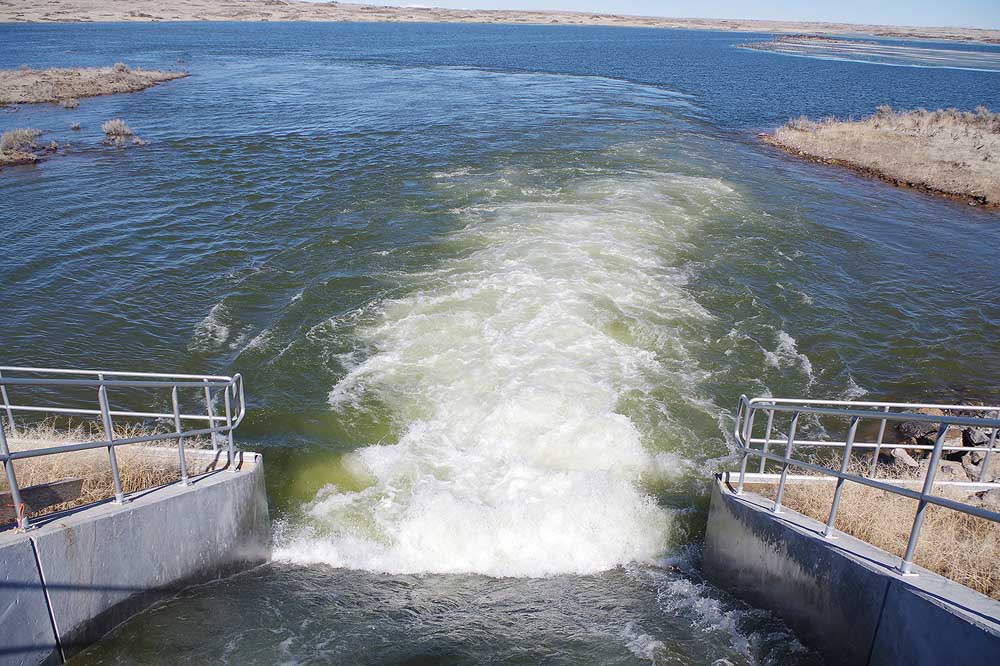Eastern Snake Plain Aquifer posts five-year gain
Published 9:00 am Wednesday, July 28, 2021

- The Idaho Water Resource Board’s Milepost 31 Eastern Snake Plain Aquifer recharge site.
The Eastern Snake Plain Aquifer gained 2.3 million acre-feet of water in the past five years despite losing 550,000 in the last year due to low snowpack and runoff, the Idaho Water Resource Board said.
The aquifer lies beneath much of southeastern and south-central Idaho. Its decline over decades reflects factors including drought, increased residential and commercial water use, and improved, less leaky irrigation infrastructure.
State-led recharge operations from October to April return available surface water to it. The aquifer also benefits from other management practices by the state and water users.
“We have to persevere through the dry years,” IWRB hydrologist Mike McVay said in a release from the board. “That’s hard. But we have to keep moving forward with the program and make the most of the wet years to recharge the aquifer.”
The board’s recharge program aims to send an annual average of 250,000 acre-feet into the aquifer. A 2015 settlement agreement between the Surface Water Coalition, which includes canal companies, and the Idaho Ground Water Appropriators requires a 240,000-acre-foot annual reduction in consumptive use. Additionally, a coalition of cities is reducing annual usage by 7,650 acre-feet.
The board said the aquifer would contain 1.2 million acre-feet less water without these programs.
The state recharge program in 2020-21 returned just over 130,000 acre-feet of available surface water back into the aquifer, manager Wesley Hipke said. The year-earlier total was 450,000 on decent overall supply and additional recharge capacity built.
From fall 2014 to spring 2021, the board has returned an annual average of 260,000 acre-feet to the aquifer, he said. The board had not developed much recharge capacity in the first two years, which were fairly dry. As capacity increased, recharge operations took greater advantage of four high-water years and a solid 2019-20.
Conservation and recharge help regardless of snowpack and runoff in a given year, and “pay long-term dividends in these dry years,” Hipke said.






